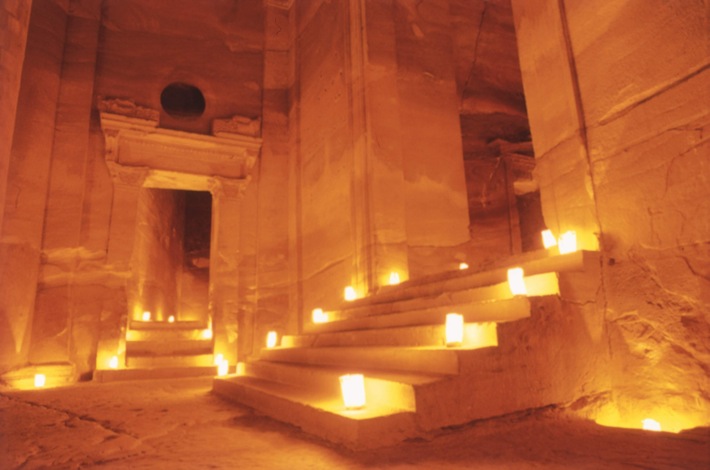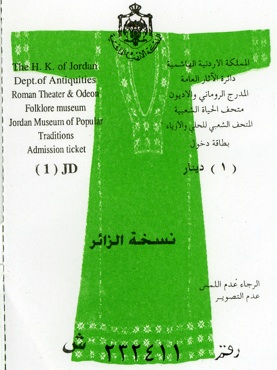 Arriving via Aqaba, two of us are detained based solely on nationality and profession. I’m one of them; the other is an Australian police officer. Neither of us is shocked. Border guards check our passports and don’t give them back, then dump the contents of our bags onto a steel table and pick through them as a crowd gathers. Thankfully, my underwear is clean.
Arriving via Aqaba, two of us are detained based solely on nationality and profession. I’m one of them; the other is an Australian police officer. Neither of us is shocked. Border guards check our passports and don’t give them back, then dump the contents of our bags onto a steel table and pick through them as a crowd gathers. Thankfully, my underwear is clean.
Off to Wadi Rum, where I roam the valley by jeep (aka, pickup truck with a roof made of poles and tarp) and see a Nabatean temple, a rock bridge, sandstone formations and petroglyphics. Spending a night under the stars in a Bedouin camp is one of the most unique experiences I’ll ever have, eating food cooked over a fire, listening to music and getting up to see the sun rise.
To properly explore Petra, you need at least two days and to be physically fit or stubborn. There is a lot of walking, climbing and navigating; and I’m glad to have two companions for safety reasons, but also for logistics — splitting supplies between us — entertainment and encouragement. The best way to see Petra is by candlelight and in silence.
My day at the Dead Sea spa, unfortunately, goes down as the most disappointing of this trip. From dismissive massage therapists and overpriced products to cabana boys taking photos behind bushes, it is not relaxing, rejuvenating or healing.
Amman takes me by surprise. It’s here amongst tradition and ancient sites that I get a sense of progress and vision of a better future, with modern roads, multilingual signs and prolific use of technology. I know why — King Abdullah and Queen Rania. Yes, women still wear hijabs and people still worship the past, but you can also feel the optimism, warmth and excitement for what’s next. Men stare a lot, though the great majority of people smile.
Jordan, I hope to see you again.


Comments are closed.